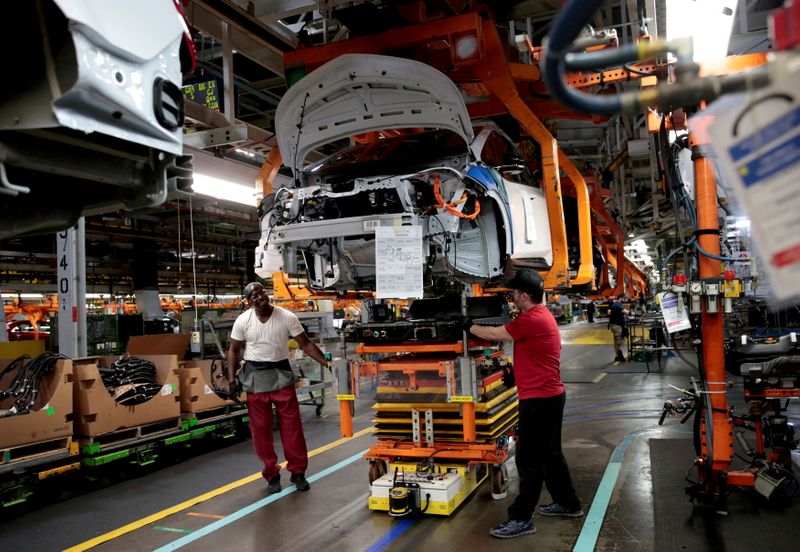This post was originally published on this site

Deutsche Bank analysts wrote in a note, “We expect June US light vehicle SAAR to come in around 15.5m units, up from 15.1m in May primarily due to more favorable seasonal factors, and still coming in solidly ahead of June 2022 at 13.2m. We expect total sales up ~20% YoY, with retail unit sales up 16% YoY, and fleet sales up 46% from a year ago. On the pricing front, mid-month data suggests June ATPs declined slightly from May to ~$45.8k (now down 1% YoY); similarly, we see incentives down about 8% MoM at $1,647 (+79% YoY in June) despite healthier stock levels, particularly among the D3 OEMs. In the months ahead, we still expect improving vehicle production to enable an increase in SAAR, and inventories to steadily grow, eventually pressuring down pricing. Given the stronger start to the year and pushed-out expectations for a recession in the US, we forecast 2023 SAAR of 15.0m units, representing a solid improvement from 13.8m in 2022, mostly driven by the rebound in fleet, and slightly above 2021 levels at 14.9m.”
The analysts expect strong sales outcomes from major automakers in June as they benefit from more favorable year-over-year comparisons due to the semiconductor shortage that affected the industry during the same period last year. However, they expect variations among OEMs due to differing inventory levels from the previous year, which allowed certain foreign automakers to outperform their competitors throughout 2022.
Specifically, Deutsche Bank predicts noticeable market share gains for Nissan (OTC:NSANY) (+240 basis points) and Honda (NYSE:HMC) (+120 basis points), primarily at the expense of Ford (NYSE:F) (-120 basis points) and Hyundai (OTC:HYMTF) (-170 basis points). Regarding US automakers, the analysts foresee a roughly 16% year-on-year increase in GM (NYSE:GM) unit sales, while Ford could potentially experience an 8% year-on-year sales climb, assuming an equal number of selling days in the month.

